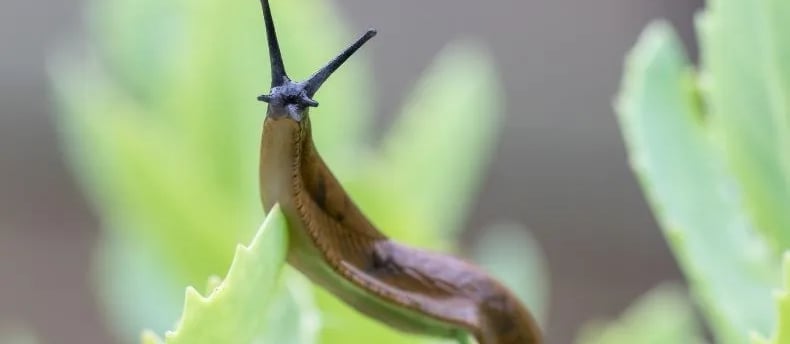Not So Slimy After All: Slugs in the Shade Garden
Slugs in your shade garden? Discover why most slugs are harmless—and even helpful—and how to manage them without harsh chemicals.
SHADE GARDEN PESTS
Marcus Bergin
5/23/20252 min read


You know that moment—when the garden is quiet after a summer rain, and everything smells rich and alive? You step out with your cuppa, admiring how the shade has held onto the coolness, how the hostas gleam… and then you spot it. A shimmering silver trail winding over the mulch. Another slug has passed through.
It’s easy to groan. Slugs have a reputation, after all—those soft bodies and nibble marks on tender leaves aren’t exactly what most of us dream of when planting out a shady corner. But over the years, I’ve come to see these creatures not just as pests, but as part of the intricate, living system of the garden.
And here’s the surprising bit: most slugs aren’t out to ruin your plants.
The Secret Lives of Shade Garden Slugs
Of the many slug species you might find in a North American garden, only a handful are true plant-eaters. Many more are decomposers. They break down dead leaves, decaying wood, and fungi—recycling nutrients and quietly feeding the soil life beneath our feet. In shady gardens, where moisture lingers and organic matter builds, they play a role not unlike that of earthworms.
Some slugs even keep other pests in check. A few are carnivorous, feeding on eggs and larvae of other invertebrates. It’s messy work, but essential. In their way, slugs help maintain balance in the damp, hidden places of the garden.
Living With Slugs, Not Against Them
Now, I’m not suggesting you roll out a red carpet for them. Slugs can certainly cause damage, especially to young seedlings and tender foliage. But harsh chemicals or aggressive removal often do more harm than good—disrupting the wider garden web.
Instead, consider a few simple, shade-friendly strategies:
Invite the helpers. Toads, snakes, beetles, birds—even a garden duck if you’re rural—will happily snack on slugs and restore balance.
Create gentle deterrents. Try a ring of crushed eggshells or rough mulch around prized plants. Copper bands around pots can be surprisingly effective.
Offer a decoy. A sacrificial lettuce tucked in a shady corner might draw attention away from your Ligularia or Heucheras.
Make peace with the process. Letting parts of the garden go a little wild, with piles of damp wood or leaf litter, supports the broader soil ecosystem—slugs and all.
A Garden Grows in Understanding
Learning to live with slugs has taught me something deeper: the garden isn’t always neat, and it certainly isn’t always under our control. But it’s always alive. Every slimy trail and chewed leaf is part of a larger rhythm, a story of life cycling and continuing.
And perhaps that’s the heart of shade gardening. It’s not about battling nature into neatness—it’s about working with the layers, the textures, and yes, the surprises.
If you’ve got a slug story, a tip, or a question, I’d love to hear from you. Leave a comment or join the conversation in our Facebook group.
And if you haven’t caught the latest podcast yet, listen here.
Happy gardening.